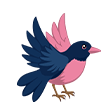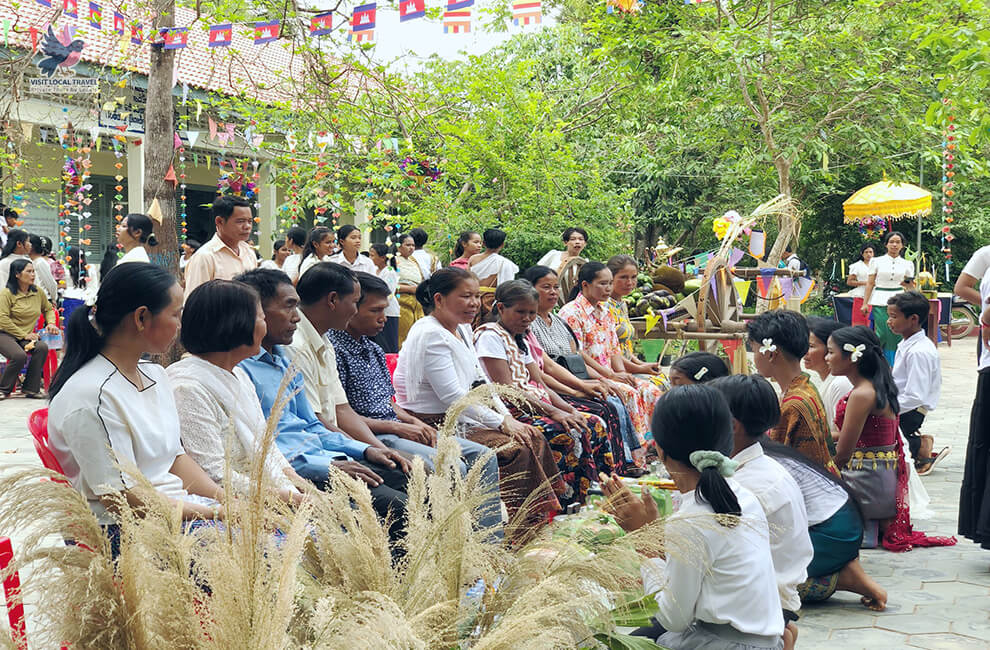Cambodian New Year or Khmer New Year, known as Choul Chnam Thmey (Khmer: បុណ្យចូលឆ្នាំថ្មី), is one of the most significant and joyous festivals in Cambodia. Celebrated in mid-April, this three-day event marks the end of the harvest season and the beginning of a new year according to the Khmer lunar calendar.
The festival is deeply rooted in Buddhist traditions, blending religious ceremonies, family reunions, and lively public festivities. From temple visits to playful water fights, Cambodian New Year is a time of renewal, gratitude, and community bonding.
In this guide, we’ll explore:
- The history and significance of Cambodian New Year
- Key traditions and rituals
- How the holiday is celebrated today
- Best places to experience the festivities
When Is Cambodian New Year Celebrated?
Unlike the Western New Year (January 1), Cambodian New Year follows the lunar calendar, typically falling on April 13-16. The exact dates vary slightly each year based on astrological calculations.
Cambodian New Year 2025 Dates
- Day 1 (Moha Songkran): April 14, 2025
- Day 2 (Vanabot): April 15, 2025
- Day 3 (Leung Sakk): April 16, 2025
The holiday is a national public celebration, with businesses, schools, and government offices closing so families can celebrate together.
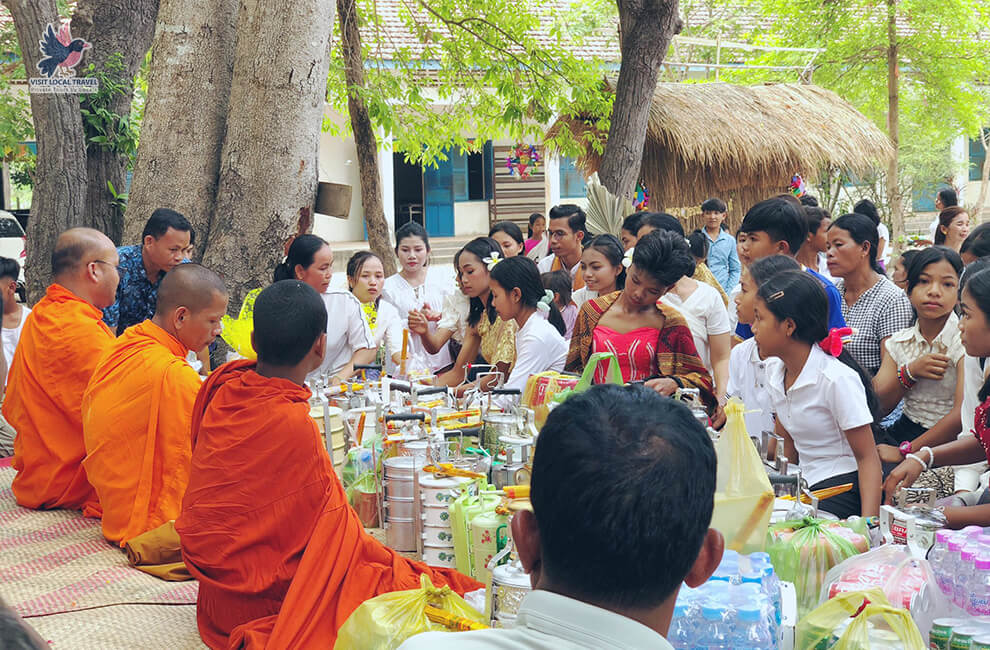
The History and Significance of Cambodian New Year
Cambodian New Year has ancient Hindu-Buddhist origins, influenced by Indian culture. According to Khmer legend, a **divine angel named Thoamabal won a wisdom contest against the god Deva Kabel Maha Prohm, leading to the tradition of celebrating the new year.
The festival also aligns with the solar transition, marking the end of the dry season and the arrival of monsoon rains—a crucial time for Cambodia’s agricultural society.
Religious Importance
- Buddhism plays a central role, with many Cambodians visiting temples to offer food to monks and pray for blessings.
- Elders and ancestors are honored through rituals, reinforcing family and spiritual connections.
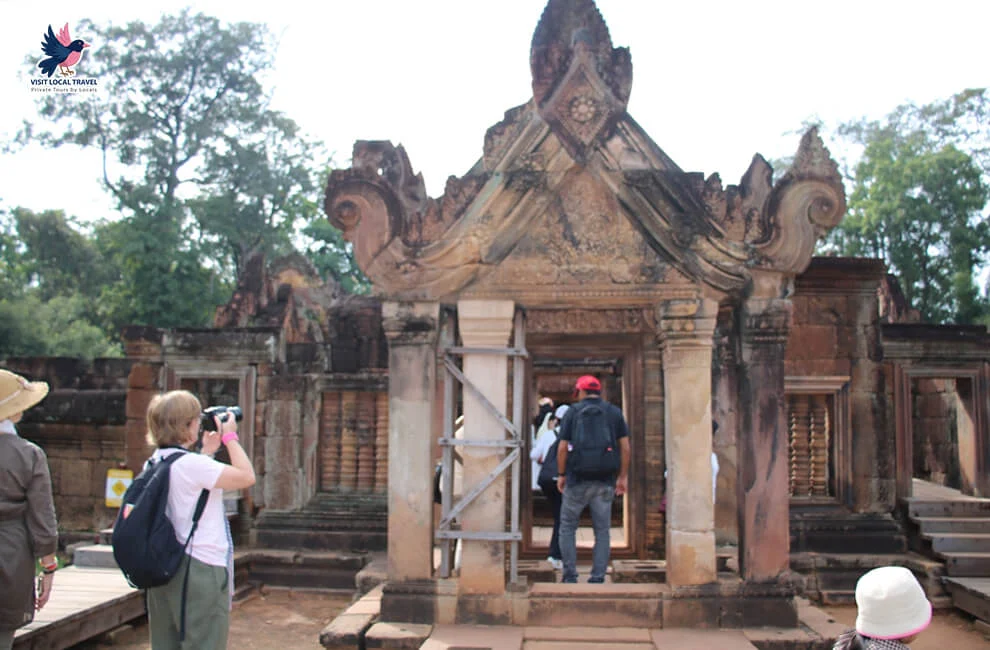
Banteay Srei Secret and Kbal Spean Day Trip
- Duration: 8 Hours
- Destination: Siem Reap
- Group Size: 2-12 People
$112
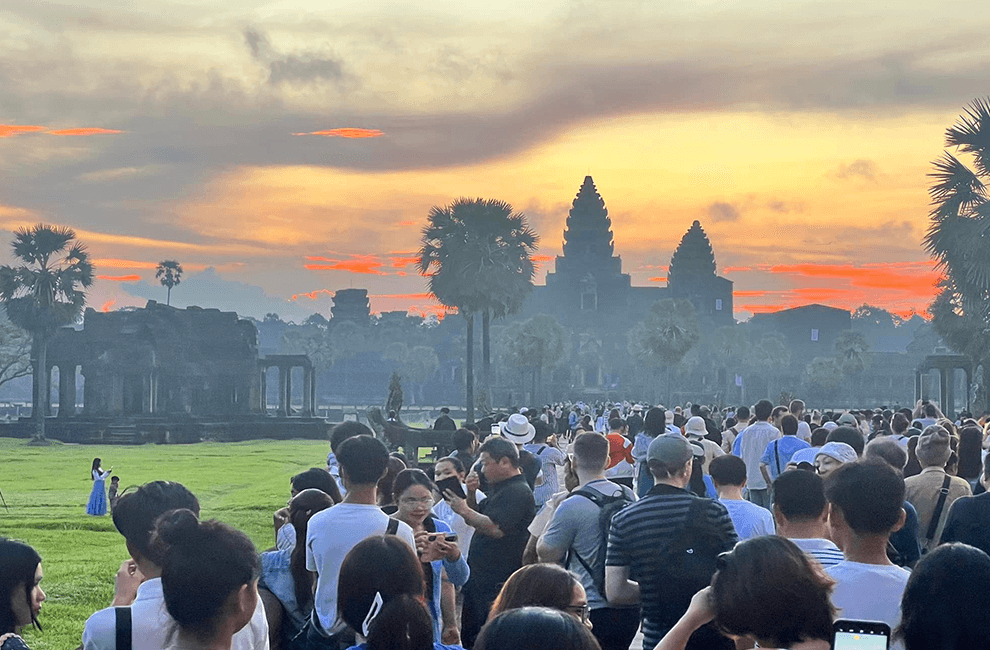
Angkor Wat Adventure
- Duration: 8 Hours
- Destination: Siem Reap
- Group Size: 2-12 People
$98
How Is Cambodian New Year Celebrated?
The three days of Choul Chnam Thmey each have unique customs:
Day 1: Moha Songkran (មហាសង្ក្រាន្ត)
- Welcoming the New Year’s Angel: Families clean their homes and set up altars with offerings (flowers, incense, fruits).
- Visiting Temples: People bring food to monks and pour scented water over Buddha statues for purification.
- Water Blessings: Younger family members wash the hands of elders as a sign of respect and to receive blessings.
Day 2: Vanabot (វាណាបុត្រ)
- Charity and Remembrance: Cambodians donate to the poor and offer food to spirits of deceased ancestors.
- Building Sand Stupas: At pagodas, people create small sand mounds decorated with flags, symbolizing merit-making for the departed.
Day 3: Leung Sakk (ឡើងស័ក)
- Final Blessings:Another round of temple visits, where monks chant prayers for prosperity.
- Water Festival: The most fun-filled tradition, where people splash water, throw talcum powder, and dance in the streets, symbolizing washing away bad luck.
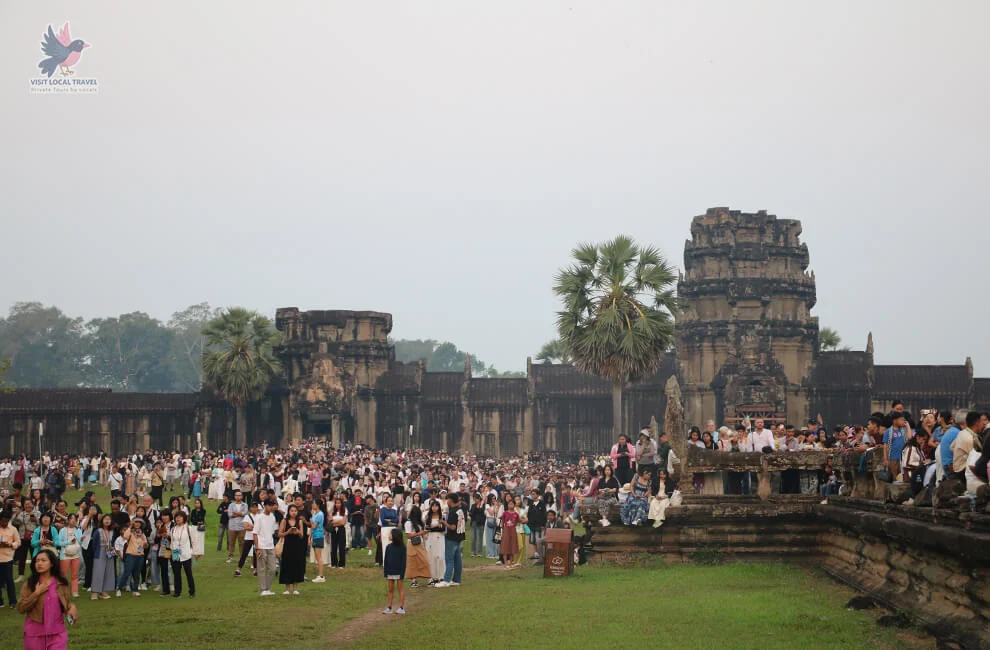
Modern Celebrations: Fun and Festivities
While traditional rituals remain strong, Cambodian New Year has evolved into a vibrant public festival with:
1. Street Parties & Water Fights
- Cities like Phnom Penh and Siem Reap turn into massive water battle zones, with locals and tourists joyfully drenching each other.
- Music, dancing, and traditional games like “Bos Angkunh” (a seed-throwing game) add to the excitement.
2. Traditional Khmer Dance & Music
- Apsara dance performances showcase Cambodia’s rich cultural heritage.
- Live bands play Chapei Dong Veng (Khmer folk music) in public squares.
3. Special New Year Foods
Families prepare festive dishes like:
- Num Ansom (sticky rice cake wrapped in banana leaves)
- Kralan (bamboo-stuffed sticky rice with coconut)
- Samlor Machu (sour soup with fish and vegetables)
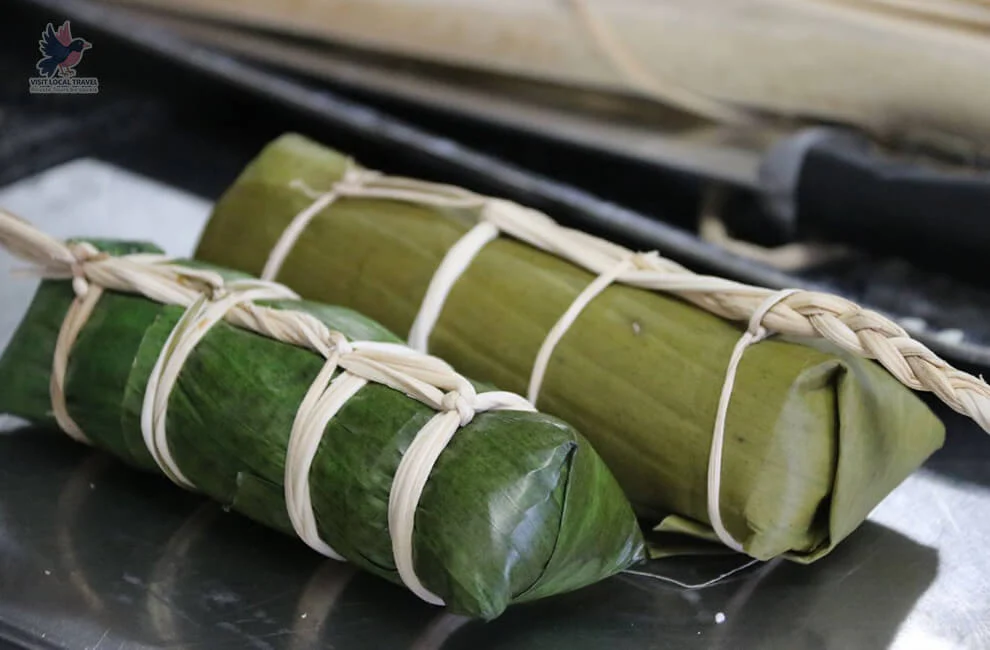
Best Places to Experience Cambodian New Year
If you’re visiting Cambodia during this time, here are the top spots to celebrate:
1. Angkor Wat (Siem Reap)
- The iconic temple complex hosts special sunrise ceremonies and cultural performances.
- Locals and tourists gather for water fights near Pub Street.
- Visit Angkor Wat complex for celebration the Angkor Sankranta that organized by Cambodian governors.
2. Phnom Penh
- The capital city buzzes with parades, concerts, and street food fairs along the riverside.
- Wat Phnom is a key temple for traditional blessings.
3. Battambang
- Known for its traditional Khmer New Year games and peaceful pagoda celebrations.
4. Sihanoukville (Beach Celebrations)
- A unique mix of New Year rituals and beach parties, perfect for travelers.
Cambodian New Year Greetings and Wishes
Want to greet someone in Khmer? Here are some common phrases:
- “Soursdey Chnam Thmey!” (Happy New Year!)
- “Sukh Santhor Chnam Thmey!” (Wishing you happiness in the New Year!)
- “Bondet Bros Chet Tnam Thmey!” (May you have good health this New Year!)
Conclusion: A Time for Joy and Renewal
Cambodian New Year is more than just a holiday, it’s a cultural treasure that blends spirituality, family values, and festive fun. Whether you’re joining the water fights, tasting Khmer delicacies, or witnessing temple rituals, Choul Chnam Thmey offers an unforgettable experience.
When is Khmer New Year celebrated?
Khmer New Year is celebrated from April 13th to 16th each year, marking the end of the harvest season and the start of a new lunar year.
What is the significance of Cambodian New Year?
It is a time for Cambodians to celebrate the end of the farming season, honor ancestors, and welcome the new year with blessings, family reunions, and religious ceremonies.
What are the three days of Cambodia New Year called?
Moha Songkran (Day 1): Welcoming the New Year’s angels.
Vanabot (Day 2): Giving to the less fortunate and honoring ancestors.
Leung Sakk (Day 3): Performing cleansing rituals and prayers for blessings.How do Cambodians celebrate Khmer New Year?
People clean their homes, visit temples, offer food to monks, play traditional games, dance, and splash water or talcum powder for fun and purification.
What are some traditional Khmer New Year foods?
Popular dishes include num ansom (sticky rice cake), kralan (bamboo sticky rice), and various sweets like nom lort. Families also prepare large feasts.
Why do people throw water during Khmer New Year?
Water symbolizes cleansing and renewal. People playfully splash water to wash away bad luck and bring good fortune for the new year.
Is Khmer New Year a public holiday in Cambodia?
Yes, it is one of the biggest holidays in Cambodia. Most businesses, schools, and government offices close for three to four days.
What are traditional Khmer New Year games?
Popular games include chas (a hide-and-seek game), bos angkunh (throwing seeds), and teagn prot (tug-of-war). These games promote joy and community bonding.
Do Cambodians exchange gifts during Khmer New Year?
Yes, families exchange gifts, new clothes, and money (especially to elders as a sign of respect). Monks also receive offerings at temples.
How is Khmer New Year similar to other Southeast Asian New Year celebrations?
It shares similarities with Thailand’s Songkran, Laos’ Pi Mai, and Myanmar’s Thingyan, as they all involve water festivals, merit-making, and family gatherings in mid-April.
